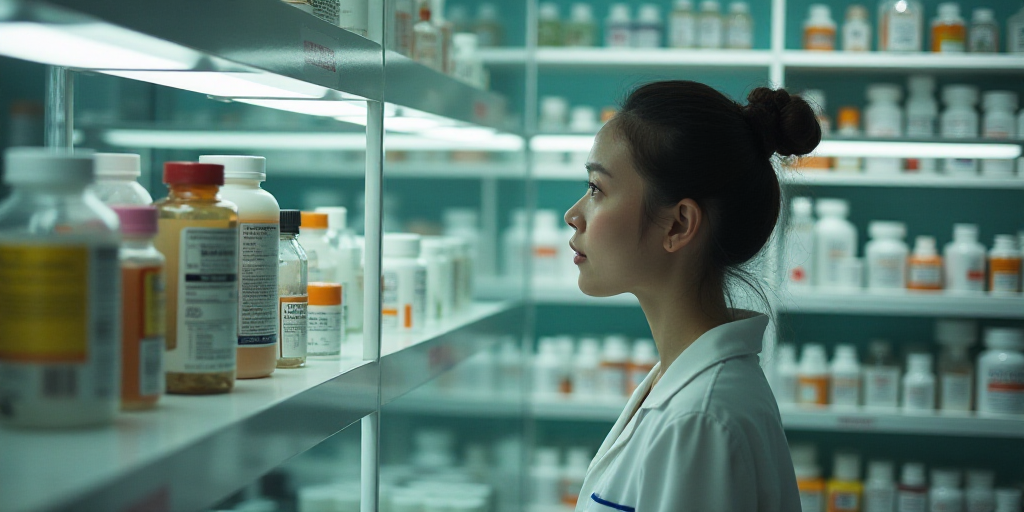Introduction to the Rising Healthcare Costs in Mexico
According to an analysis by the non-profit organization México Evalúa, out-of-pocket healthcare spending has significantly increased over the past six years in Mexico. This rise has disproportionately affected lower-income households, leaving them more vulnerable and struggling to manage healthcare expenses.
Key Findings from the ENIGH 2024 Survey
Using data from the National Household Income and Expenditure Survey (ENIGH) 2024, México Evalúa found that out-of-pocket healthcare spending grew by 41% between 2018 and 2024. In 2018, households allocated an average of 1,135 pesos per quarter to healthcare; by 2024, this amount had risen to 1,605 pesos per quarter.
Income-Based Disparities in Healthcare Spending
The analysis revealed that lower-income households (decil I) allocated 3.9% of their total income to healthcare in 2024, while higher-income households (decil X) allocated only 2.1%. México Evalúa highlighted this as a regressive pattern, where poorer households proportionally dedicate more of their income to medical care.
Rising Costs of Medications
Between 2018 and 2024, the cost of medications increased dramatically, rising from an average of 222 pesos per quarter to 480 pesos. This represents a 116% growth, causing medication expenses to jump from 19% of total healthcare spending in 2018 to 30% in 2024.
Factors Driving Medication Cost Increases
The surge in medication costs can be attributed to two main factors: shortages in public hospitals and increased self-medication among patients. Since 2018, medication supply in public institutions has significantly changed due to cost-cutting measures. Intermediary distributors were eliminated, and purchasing was centralized under the Secretaría de Hacienda y Crédito Público (SHCP) and Salud. This strategy, however, failed to reduce costs.
Moreover, patients are increasingly opting for self-medication due to extended wait times, lack of nearby clinics, distrust in health institutions, or awareness of medication shortages in public hospitals. In 2024, 16 million Mexicans engaged in self-medication.
Major Healthcare Spending Categories
México Evalúa’s analysis indicates that households are allocating more resources to combat severe health issues in the country. The largest expenditures are on antihypertensive medications, followed by antibiotics for infections and diabetes treatments. Between 2018 and 2024, these categories saw real increases of 242.3%, 37.1%, and 261%, respectively.
Limited Access to Healthcare Services
The latest Multidimensional Measurement of Poverty, based on ENIGH data and conducted for the first time by the National Institute of Statistics and Geography (Inegi), revealed that 34% of Mexico’s population lacks access to healthcare services.
In 2024, 44.5 million people reported not having access to healthcare services, accounting for 34.2% of the Mexican population. Although this figure is 11.7% lower than in 2022 (50.4 million people), it represents a 121% increase since 2018 (20.1 million people).
Key Questions and Answers
- What is out-of-pocket healthcare spending? It refers to the expenses incurred by Mexican households for medical care, including medications and consultations.
- How has out-of-pocket spending changed since 2018? It increased by 41% between 2018 and 2024, with households allocating more of their income to healthcare.
- Which groups are most affected by rising healthcare costs? Lower-income households (decil I) are disproportionately impacted, dedicating 3.9% of their income to healthcare in 2024.
- Why have medication costs increased? The rise is due to shortages in public hospitals and growing self-medication among patients.
- What percentage of the Mexican population lacks access to healthcare services? According to the latest Multidimensional Measurement of Poverty, 34% of Mexico’s population does not have access to healthcare services.






